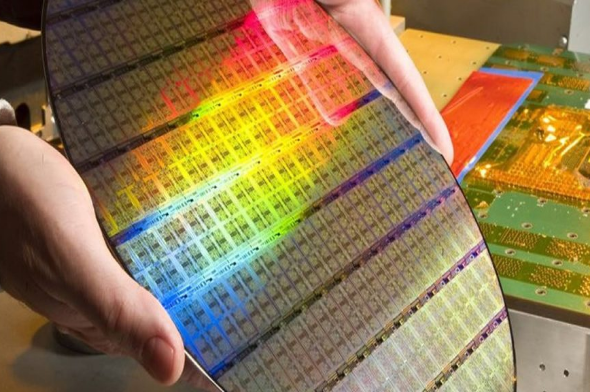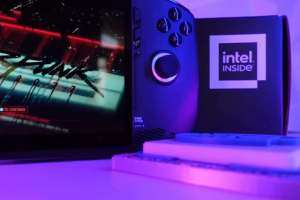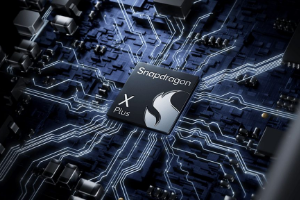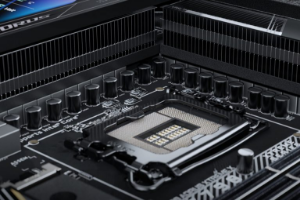Connection to DriversCloudCreate a DriversCloud.com accountReset your DriversCloud.com passwordAccount migration
Taiwanese foundry TMSC talks of chips with more than 200 billion transistors by 2030
TSMC, the world's leading semiconductor company, is determined to maintain its technological lead.
Launched in October 1985, a processor like Intel's 80386 was based on an etching process of between 1.5 µm and 1 µm. While this may have seemed crazy at the time, we're a long way from that today. At the IEDM(International Electron Devices Meeting), as reported by Tom's Hardware, TSMC presented its plans for the years to come, and it's safe to say that progress in etching finesse is not about to stop. At present, TSMC is "busy" with its N3 process, which is 3 nm, as its name clearly indicates. Very soon, TSMC will be rolling out the N3E process to refine certain manufacturing techniques, before moving on to the N2 and N2P (2 nm) processes. If all goes well, we'll be in 2027-2028, and TSMC estimates that it will be possible to produce monolithic chips with over 100 billion transistors.
At present, one of the most complex monolithic chips is NVIDIA's GH100. It has just over 80 billion transistors and uses the most advanced production techniques. According to the Taiwanese manufacturer, in 3 to 4 years' time, the number of transistors will have greatly increased, even if this is only a first step. In fact, the roadmap published by TSMC at IEDM is far more ambitious. The company claims that the A10 process will be operational in the wake of the A14. For the latter, we're logically talking about a 1.4 nm etch, whereas the A10 uses 1 nm. Such finesse will not be without major technical challenges, but in return the Taiwanese manufacturer will be able to shatter current density records and aim for over 200 billion transistors on a monolithic chip.
Engraving monolithic chips is one thing, and the figure of over 200 billion transistors is already impressive. Like all the other players in the sector, however, TSMC is convinced that multi-chip chips such as those already offered by AMD and Intel are bound to develop. Packaging techniques are advancing rapidly, and multi-chips have the advantage of allowing much greater versatility by bringing together different manufacturing techniques. Still according to TMSC, thanks to its A10 process, such components could number over a trillion transistors by 2030. Yes, a trillion transistors on a single chip, no less!






